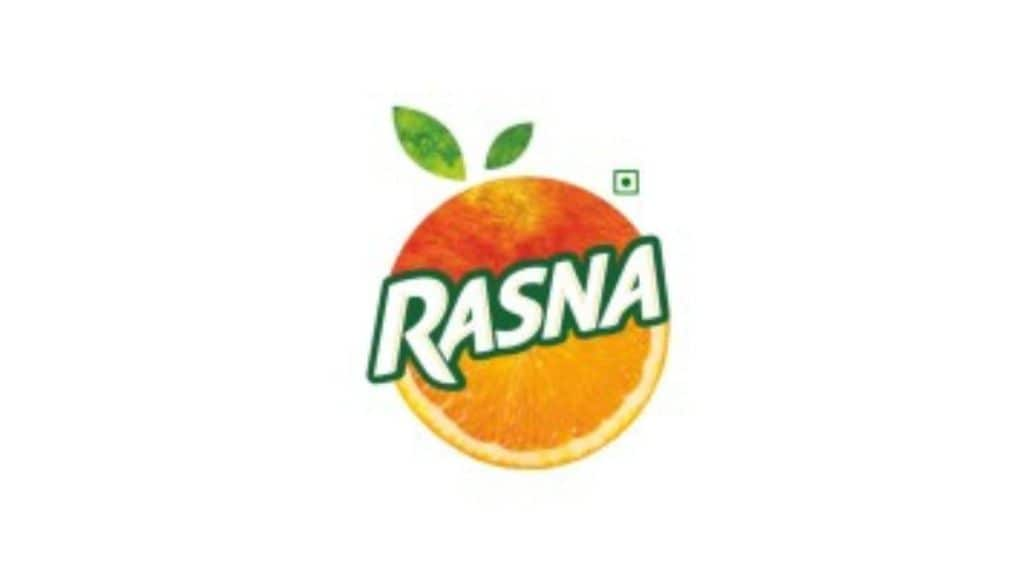Soft drink concentrate Rasna’s advertisement this summer took an interesting detour. Instead of revolving around the de rigueur cute-girl-expressing-her-abiding-love-for-brand, it showed a melange of people — ranging from a mid-age socialite to a young teenage couple — enjoying its products at an outdoor garden party. The guests were seen trying to trick the young mascot off her drink so they can gulp it down themselves. In the end, the voiceover reminds the protagonist: “Inke tricks mein mat fasna, dhyan rakho on your Rasna” (don’t get misled by their tricks, stay focussed on Rasna).
Then, to target consumers who are becoming increasingly conscious of the ingredients that go into their drink, the brand rolled out a natural product, Rasna 100% — which it claims is free of sugar and preservatives — through major e-commerce channels, modern trade and standalone outlets. “Health and food are becoming synonymous now,” says Piruz Khambatta, chairman, Rasna Group. “People want health from food. We are working on a strategy so that Rasna has something for everybody.”
That apart, Pioma Industries relaunched the Rasna brand of squashes earlier this year. Why the sudden aggression?
Moving with the times
Experts say Rasna’s recent initiatives are more a fight to stay relevant than anything else; some others note that they indicate a growing recognition within the company that now is the time to step out of the comfort zone and tap new opportunities.
A major concern for Rasna in recent years has been to find ways to reposition itself as a cooler and more relatable brand for the younger GenZ and Gen Alpha audiences. Shradha Agarwal, co-founder & CEO, Grapes, says the launch of healthier products and tapping into digital retail would allow Rasna to expand both its portfolio and its customer base. “It doesn’t necessarily mean that the market itself is losing steam; rather, it reflects a proactive approach to stay competitive and cater to changing consumer demands,” she adds.
Look at its dilemma.
Launched in 1976 by Pioma Industries, Rasna became synonymous with the category with close to 95% share by the mid-80s and was able to carve out a niche by being one of the first to consider children as its key influencers and market drivers. Despite growing competition from the likes of Tang, Glucon-D and Gatorade, Rasna, has, over time, come to acquire the status of the reference brand in the fruit juice concentrate powder category.
Cut to 2023. Rasna still has more than 80% of the $2.5-billion pre-mix market, but it is being squeezed from all sides. On the one hand, the cost of raw materials has risen putting margins under pressure, on the other, alternative local beverages (shikanji, jal jeera, aam panna, etc) and energy drinks are giving Rasna a run for its money.
Interestingly, demand in the overall market of instant beverages pre-mixes is increasing steadily. But this growth is driven by demand for the products such as instant coffee and tea pre-mixes. The powdered soft drinks market, which had been growing at over 20% year-on-year until about a decade back, has lost momentum and logged around 9% growth five years ago. Last year, the growth rate was about 5%.
What this points to is that powdered drinks like Rasna are facing an identity crisis, notes Deepali Shetty, co-founder, narrative. On one side there is the ready-to-drink segment which is saturated, on the other side, the brand faces competition from other powdered drink brands. The brand needs to carve a distinct space for itself in the growing cacophony. “Consistent innovation and strong communication are the only way forward,” she adds. That will decide how a brand like Rasna can break its imagery as a yesteryear’s favourite drink and find purpose among the new-age consumer.
This is why the change in its advertising stance is important. By targeting audience cohorts other than kids — which is Rasna’s primary constituency — the brand might be looking to expand its addressable market, à la Cadbury.
Mix and match
Expecting double-digit growth of these offerings this summer, Rasna is also sprucing up its distribution efforts. While earlier its main focus was grocery stores and mom-and-pop outlets, it is expanding its footprint via pharma stores, e-commerce and modern trade. It is already available in more than 1.6 million retail outlets with more than 2,000 direct distributors and more than 5,000 indirect ones.
“With differentiated value-for-money products and enhanced marketing and distribution strategy, we are trying to create our own space in the new categories,” says Khambatta. “Our major focus is on e-commerce — both B2B and B2C. We are looking to tie-up with e-commerce players to ensure our products reach more and more outlets across the length and breadth of the country.”
The good news is, Rasna can bank on the nostalgia factor and its immense recall to keep the ball rolling. It is reaching out to the rural audiences through free-to-air channels, and the urban middle class through very targeted social media communication.
While the millennials might be reached on platforms like Instagram, for younger consumers, the brand will need to expand its attention to non-traditional platforms like Moj, while also keeping in mind YouTube, WhatsApp, and even search engines, suggests Agarwal of Grapes.
Juicing it up
Challenges for Rasna
- Increasing competition from other beverages
- Rising cost of raw materials putting pressure on margins
- Changing consumer preferences as they are increasingly looking for healthier and more natural beverages
Opportunities galore
- Growing demand for convenient and on-the-go beverages
- Increasing penetration in modern retail and neighbourhood grocery stores and incentivising them to keep new categories
- Growing demand for flavoured beverages in rural markets


